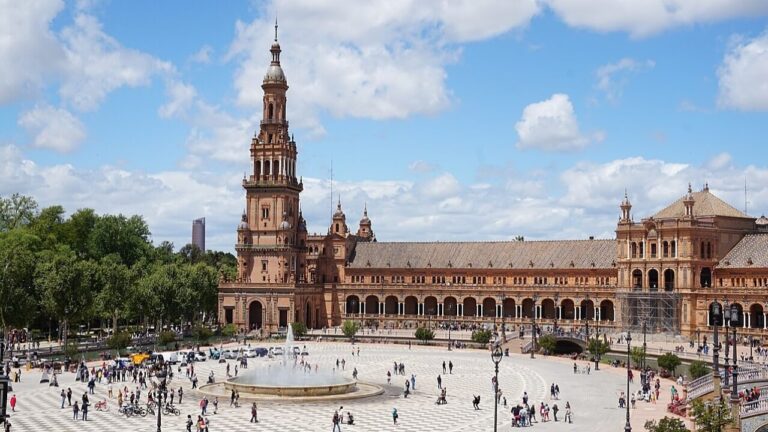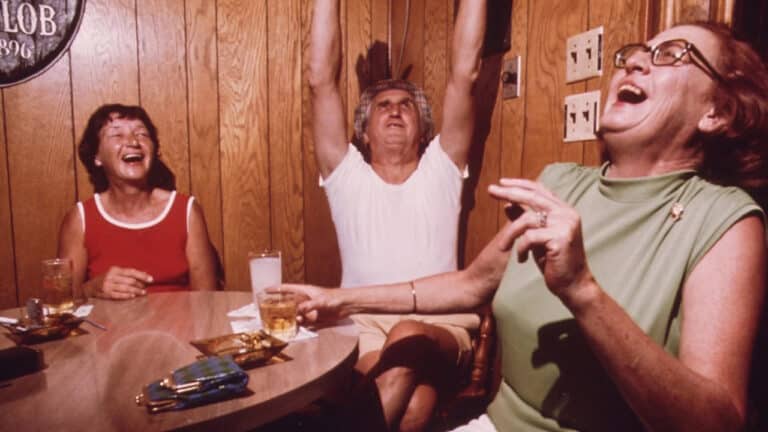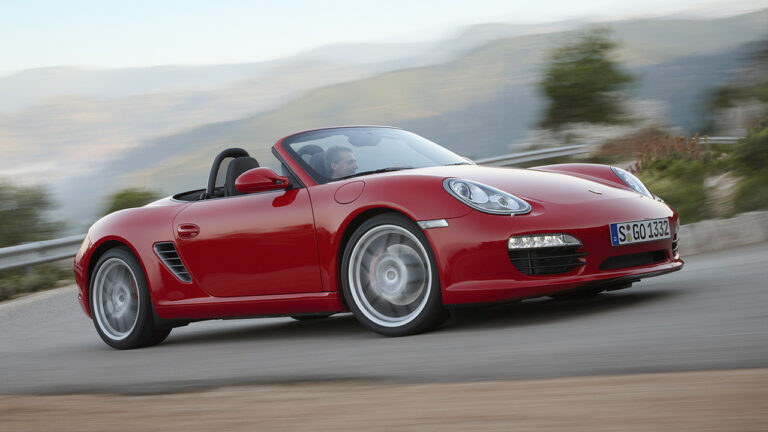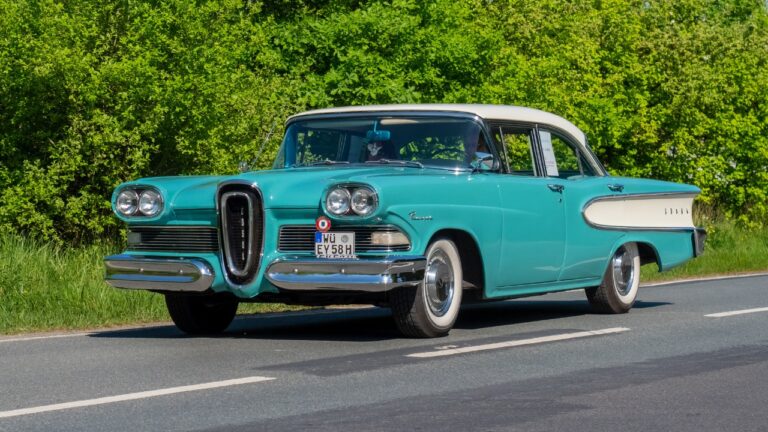13 Ugly ’60s Cars We Just Can’t Stand

Following the excessive chrome, fins, and general opulence of the 1950s, the 1960s introduced some of the most jaw-droppingly gorgeous cars the world has ever seen.
Unfortunately, there were also a fair bit of automotive design mishaps, and several ugly cars were displayed in showrooms throughout the 1960s.
Let’s look at some of the ugliest cars from an era that’s famous among gearheads for its sleek supercars and powerful muscle cars.
1969 Dodge Charger Daytona

Let’s start with what’s easily the most controversial entry on this list: the ’69 Charger Daytona. Today, it’s an iconic muscle car, but dealerships struggled to sell it back in the day.
Its looks combined with a high price tag meant some dealerships converted the Daytona back to regular Chargers so they would sell. While the controversial aero was a massive success on the track, it wasn’t exactly aesthetically pleasing.
Lotus Europa

Lotus founder Colin Chapman’s mantra was to “simplify, then add lightness,” and the Lotus Europa lived up to that. We kind of wish he would have added some beauty as well, though.
Affectionately referred to as the bread van, the Lotus Europa just looks plain weird. In its defense, it’s one of the best-handling cars ever, and it’s even somewhat practical… for a mid-engined car.
Plymouth Valiant Station Wagon

There aren’t many American cars that look as ugly as the Plymouth Valiant, and the station wagon is the worst of them all. It has enough design cues to make ten different cars.
It was an attempt to create a futuristic model, but it flopped spectacularly, and in 1963, it was replaced by the much more conservatively styled second generation.
Ford Anglia 105E

The Ford Anglia was sold primarily in the United Kingdom, where the name had been used since the 1930s. When the 105E arrived, it was easy to see that its design was inspired by the stylish and oversized American cars of the 1950s.
While sweeping nose lines, tailfins, and full-width slanted chrome grilles looked great on the American land yachts, they didn’t make the same statement when it was scaled down to ⅓ the size — it just looked awkward.
Peel Trident

Peel Engineering Company quickly gained some fans thanks to its fun and quirky microcars. Whoever penned it was clearly a massive fan of The Jetsons, because it’s a blatant rip-off of their vehicle, except it rolls on three wheels.
Its glass canopy was supposed to improve visibility, but unfortunately, here on Earth, you don’t want to sit under a giant goldfish bowl when the sun shines. We’re not surprised that Peel only built around 55 Tridents.
Matra 530

Who knows what Matra’s designers were thinking when they drew the 530?! Mid-engined cars are inherently more challenging to design, but this must’ve been a joke that was mistakenly approved.
It’s so ugly that it makes the Mitsuoka Orochi look like a beauty. What impresses us the most is that Matra kept the 530 in production for seven years and managed to convince 9,600 people to buy one.
Wolseley Hornet

The British Motor Corporation, BMC, struck gold when it launched the original Mini in 1959. Then, it decided to take the cheap, new people’s car and turn it into a luxury model.
From the front, the Wolseley Hornet looks like a Mini with a faux Rolls-Royce grille, and at the back, they added a small trunk that looked like fins when viewed from the side. It wasn’t exactly a stunner, and the interior, with its glued-on wood veneer, wasn’t much better.
Lightburn Zeta Sports

The Australians aren’t known for their car designs. Sure, they have some fantastic Ford and Holden muscle cars and utes, but that’s where it ends. Or rather, that’s where it should’ve ended, but the Aussies are also responsible for this abomination — the Lightburn Zeta Sports.
It started out as a British design, known as the Frisky Sprint, but then Lightburn, an Australian washing machine manufacturer, bought it and made various design “improvements.” We’re shocked that they actually sold 48 of these.
Marcos GT Xylon

British sports carmaker Marcos built some ugly cars over the years, one of them being the GT Xylon. We have two nice things to say about the GT Xylon — it was a decent race car, as Sir Jackie Stewart proved, and it wasn’t as ugly as the Marcos Mantis.
Xylon is Greek for wood, which is fitting because that’s what its chassis is made from. Even Marcos knew it wasn’t the best-looking car, as it was nicknamed the “ugly duckling.”
1961 Plymouth Fury

The designers clearly thought the Plymouth Fury’s looks should match its name, so they made it look angry. By the early 1960s, car design had come a long way from the big fins and excessive chrome of the 1950s, but Plymouth didn’t get that memo.
Those willing to look past its exterior soon realized that its design also led to some practical flaws, as the coupe’s roofline was so sloped that it cut into the headroom.
1962 Plymouth Fury

After messing up the Fury in 1961, Plymouth looked at its creation and decided to make it even worse. Within a year, they accomplished that mission by downsizing the Fury and giving it a hideous design.
According to legend, it was so bad, that during the annual dealer meeting, dealers booed and threw balls of wadded-up paper on the stage. Twenty dealers gave up their franchise on the spot, and more followed them later in the year. Buyers agreed with the dealers, and Fury sales were underwhelming, to say the least.
King Midget

A couple of WWII pilots founded the Midget Motors Corporation in 1946. Since these pilots spent a lot of time in tight cockpits, maybe that’s what inspired them to build such tiny cars.
Size-wise, the King Midget was comparable to a golf cart, and it looked like it was thrown together using whatever scrap metal they could find. The company owners must have thought paying a designer was a waste of money and had a six-year-old do it for free. In 1966, the two founders sold the company, and in 1969, it was forced into bankruptcy.
Renault 4

Renault introduced the 4 as a follow-up to the hugely popular 2CV, but unlike the 2CV, the Renault 4 wasn’t cute and had no personality.
That didn’t stop people from buying it! Renault sold over eight million units during its long production run from 1961 to 1992. Renault finally replaced it with the Twingo, which also looks questionable.





